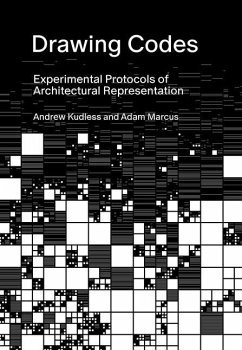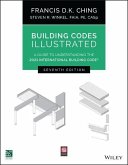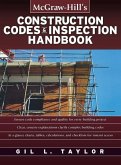Emerging technologies of design and production have transformed the role of drawings within the contemporary design process from that of design generators to design products. As architectural design has shifted from an analog drawing-based paradigm to that of a computational model-based paradigm, the agency of the drawing as a critical and important form of design representation has shifted. Drawing Codes: Experimental Protocols of Architectural Representation examines the effects of this transformation on the architectural discipline and explores how architects have critically integrated procedural thinking into their drawing process. The book contains 96 commissioned drawings by a diverse range of architects that investigate how rules and constraints inform the ways architects document, analyze, represent, and design the built environment. The publication features essays by architects and theorists offering diverse perspectives on how computational techniques and, more importantly, computational thinking, can revitalize the role of architectural drawing as a creative and critical act. Each drawing responds to a shared conceptual prompt developed by the authors and conforms to a standard size and format. The intent is for this consistency to elicit a wide range of approaches to questions of technology, design, code, and representation. The book documents how computational processes such as procedural drawing, digital simulation, automated production, and machine learning can contribute to a new understanding of what drawings are and how they are created. The result is a considerable diversity of medium, aesthetic sensibility, and content, demonstrating how conventions of architectural representation remain fertile territory for invention and speculation.








